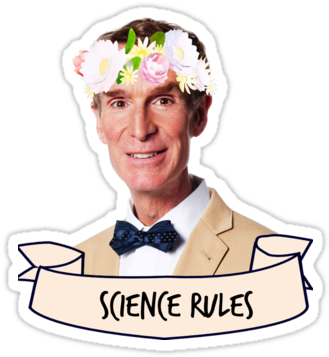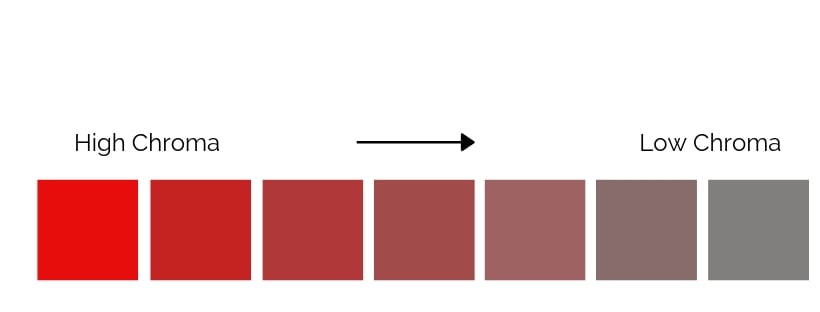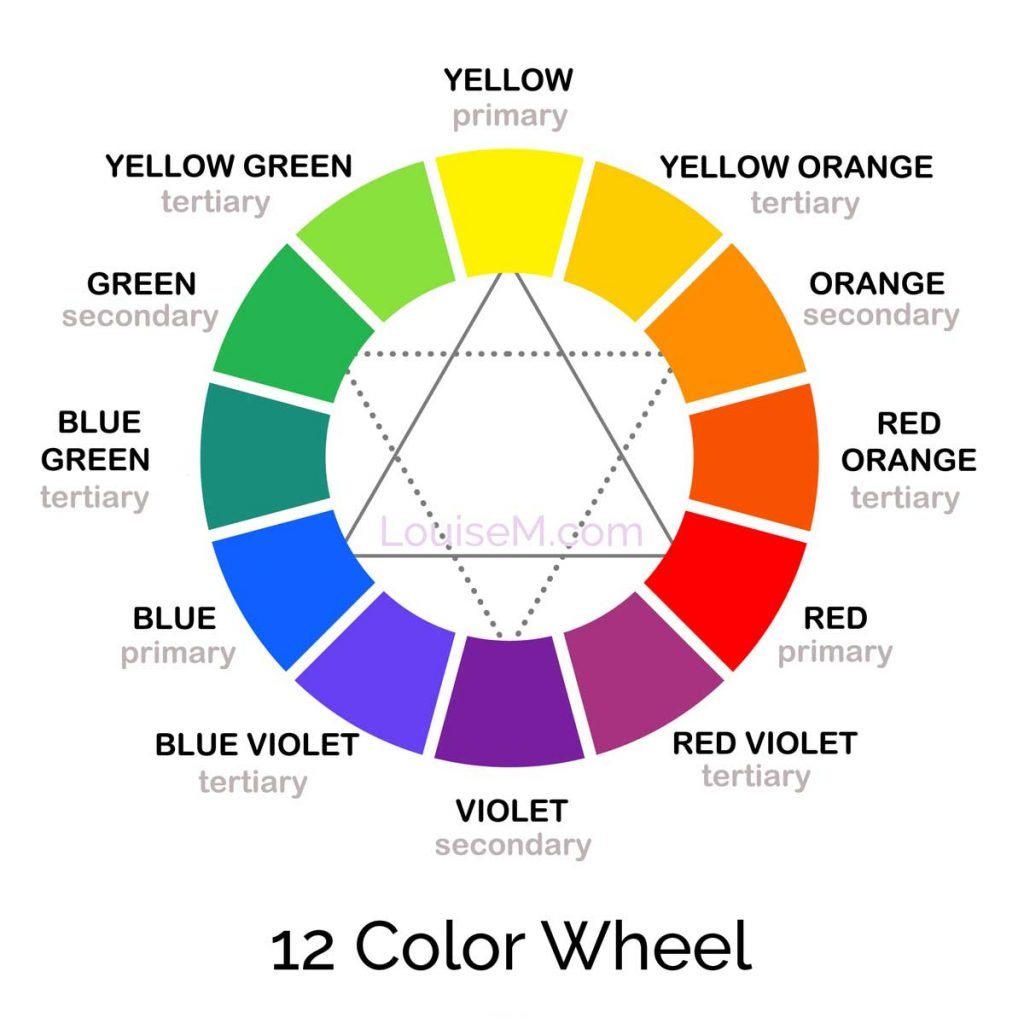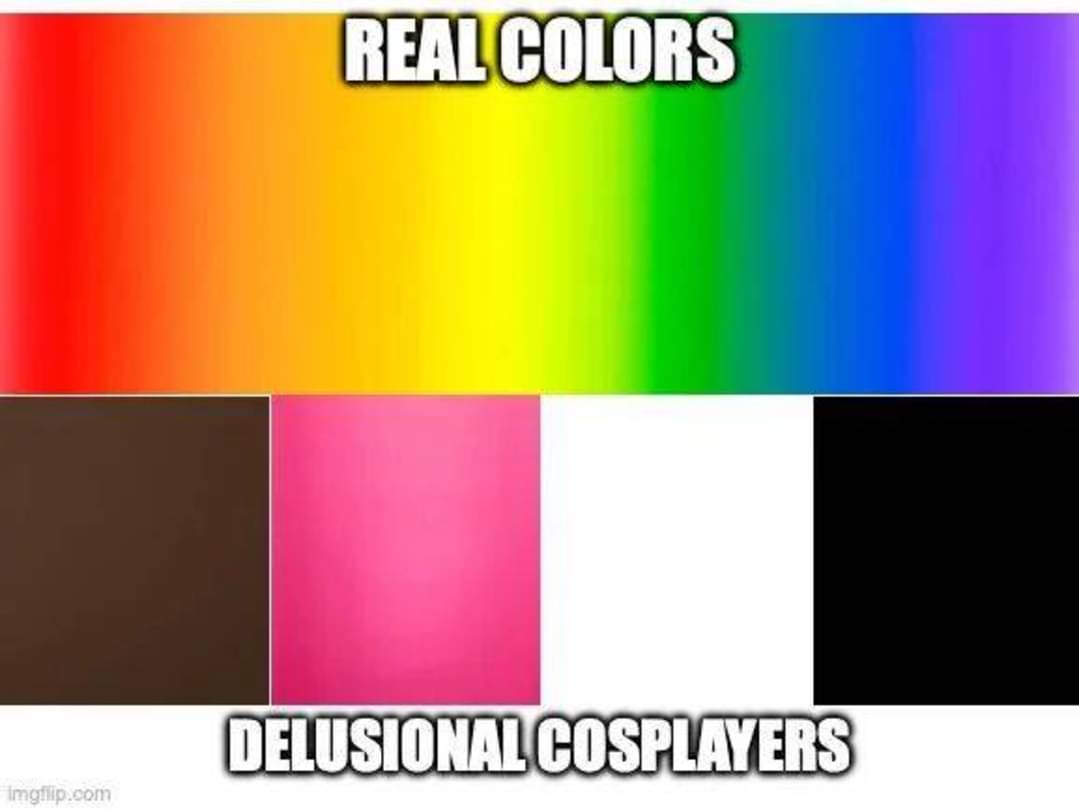This is octarine erasure.
Science Memes
Welcome to c/science_memes @ Mander.xyz!
A place for majestic STEMLORD peacocking, as well as memes about the realities of working in a lab.

Rules
- Don't throw mud. Behave like an intellectual and remember the human.
- Keep it rooted (on topic).
- No spam.
- Infographics welcome, get schooled.
This is a science community. We use the Dawkins definition of meme.
Research Committee
Other Mander Communities
Science and Research
Biology and Life Sciences
- !abiogenesis@mander.xyz
- !animal-behavior@mander.xyz
- !anthropology@mander.xyz
- !arachnology@mander.xyz
- !balconygardening@slrpnk.net
- !biodiversity@mander.xyz
- !biology@mander.xyz
- !biophysics@mander.xyz
- !botany@mander.xyz
- !ecology@mander.xyz
- !entomology@mander.xyz
- !fermentation@mander.xyz
- !herpetology@mander.xyz
- !houseplants@mander.xyz
- !medicine@mander.xyz
- !microscopy@mander.xyz
- !mycology@mander.xyz
- !nudibranchs@mander.xyz
- !nutrition@mander.xyz
- !palaeoecology@mander.xyz
- !palaeontology@mander.xyz
- !photosynthesis@mander.xyz
- !plantid@mander.xyz
- !plants@mander.xyz
- !reptiles and amphibians@mander.xyz
Physical Sciences
- !astronomy@mander.xyz
- !chemistry@mander.xyz
- !earthscience@mander.xyz
- !geography@mander.xyz
- !geospatial@mander.xyz
- !nuclear@mander.xyz
- !physics@mander.xyz
- !quantum-computing@mander.xyz
- !spectroscopy@mander.xyz
Humanities and Social Sciences
Practical and Applied Sciences
- !exercise-and sports-science@mander.xyz
- !gardening@mander.xyz
- !self sufficiency@mander.xyz
- !soilscience@slrpnk.net
- !terrariums@mander.xyz
- !timelapse@mander.xyz
Memes
Miscellaneous
seethes in artist
Get you and your alternative expression of human development, prosperity, and productivity out of here. This is a science channel!!
Just for that I'm going to team up with the historians and say you fell off a horse selling bad copper.
Damnit Ea-nasir!
How else would you cosplay as neopolitan ice cream?
Look, if you don't include florescent black, why even bother?
Colors are a social construct
Colors are a retinal construct
Both. There is a perception that's 100% biological for sure. But lumping all the blue tones together, that's social. Some languages (including Russian and Greek) have different words for light and dark blue, other languages have one word blue and green (sometimes translated as "grue"). Sure they can see the difference and name it (leave grue vs ocean grue for example) but socially, they perceive it as the same "color category".
what i always find unsatisfying about this is that many languages say stuff like "lightblue", it's like 80% a separate word, but no one ever talks about how that affects perception.
I very much think of a different and fairly precise colour when someone says "ljusblå"
Some languages (including Russian and Greek) have different words for light and dark blue
In Turkish it is "mavi" and "lacivert". They are seen as different as yellow and orange.
Yea yea yea. Technically speaking they are a bio psycho social construct. they are a sensory experience filtered through an individuals physical, mental and cultural factors. But it does not roll of the tongue so well.
What about hyperbolic orange? Stygian blue? Self-luminous red?
Put the colors away, man, they're callin' the cops
Black and white I geht. But Brown an magenta?
They are combination of colors rather than a specific wavelength. (Similar to white, which is combination of all of them)
Any of the colors can theoretically be created using a combination of multiple colors (see RGB)
Brown is actually dark orange. It just became its own thing when we gave it a distinct name. So people who know more color names really can see more colors.
darker than what? There is no such thing as dark light, colors like brown and pink that are lighter or darker require a comparison point to see
you've somehow managed to explain it without understanding it, the whole point is that brown only exists in contrast to other colours.
Brown means "orange that is darker than surrounding colours"
I think we agree, that was my point 😅
lighted-display (like a monitor or TV) of brown is dark orange, yes.
In the actual, real, no the physical world, the one you wake up in before getting on the lighted rectangles, brown is a real color.
Except it isn't "real" in the sense that it doesn't correspond to a specific wavelength of light. It is impossible to produce a brown light; the closest you can get is amber. The color brown is context-dependent and only exists in our perception. To display brown on a screen you have to use orange, desaturate it, and make sure it's darker than its surroundings.
If you pull up a solid brown image on your phone and hold it against a darker background (you may need to turn off the lights), you will see orange.
Right, but in real-life, not in producing a lighted color, just like looking: things are brown. A coffee stain, say.
If you were to point a spectrometer at something brown like a tree trunk you would see wavelengths corresponding to red and green light. That's what I mean when I say brown only exists in our perception; there is no wavelength of light corresponding to the color brown.
No it's not. Orangey-brown is kinda dark orange I guess, but greenish brown is certainly not
what's the hexcode for greenish brown?
It doesn't exist. Nor does brown. It's all just orange, but with extra context. Here is a video you should watch that will be exploring the color brown.
I can smell a Technology Connections link from a mile away, apparently.
This is wrong
The "combination" is just a lower value, here orange-red.
Colors we can see are a combination of value, chroma (called saturation when it's in a computer) and hue.
I can explain more if someone is interested.
Hey, I'm interested
What we call "colors" are made up of three different things, and the "color" part of it is the least important:
Value: this is how much light it emits, white is at the top, black at the bottom. Thing a black& white photo, there you see the values only.
Chroma, or Saturation is the strength. Low chroma is a vapid or flat color like worn out jeans, a high croma is a powerful color like yellow sunshine.
Example:

Hue is what we usually call "color" (red, green...)
Then you have the "primary" colors, which can be any colors(hues) actually, mix them and you get other colors. All the colors you can mix with your primary colors is called a "gamut".
Painters might use yellow, red and blue, or yellow magenta and cyan for example. Paint them in a triagle (yellow up etc), then fill in the mixtures (blue + yellow = green) etc and you get a colorwheel!
A 12 color colorwheel:

Now brown, brown is a difficult color, because it's just orange/orange-red with a low chroma. So how do you create a low chroma if you don't use a PC? Easy, you mix in some color from the opposite side of the colorwheel!
So, orange is red+yellow, and then a little bit of blue gives you brown.
Add more red and you get that chocolaty brown, add more yellow and it will bemore greenish (with the help of the blue, yellow + blue = green).
Now you can lighten it up a bit with white, or dull it down with black.
Some random information:
Pink for example is just red/magenta with white, but we call it pink and not light red out of convenience.
And gold isn't a color, all metals (if not like all rusty) acts like a mirror + a color (or only like a mirror) so gold reflects its surroundigs tinted in yellow and that can be a whole range of colors of course.
Hope you liked it!
I did! Thank you for this summary; I've never understood this very well until now. Whoever downvoted you without commenting deserves a stern talking to.
Do you see them in the rainbow? That's because they're lies!
